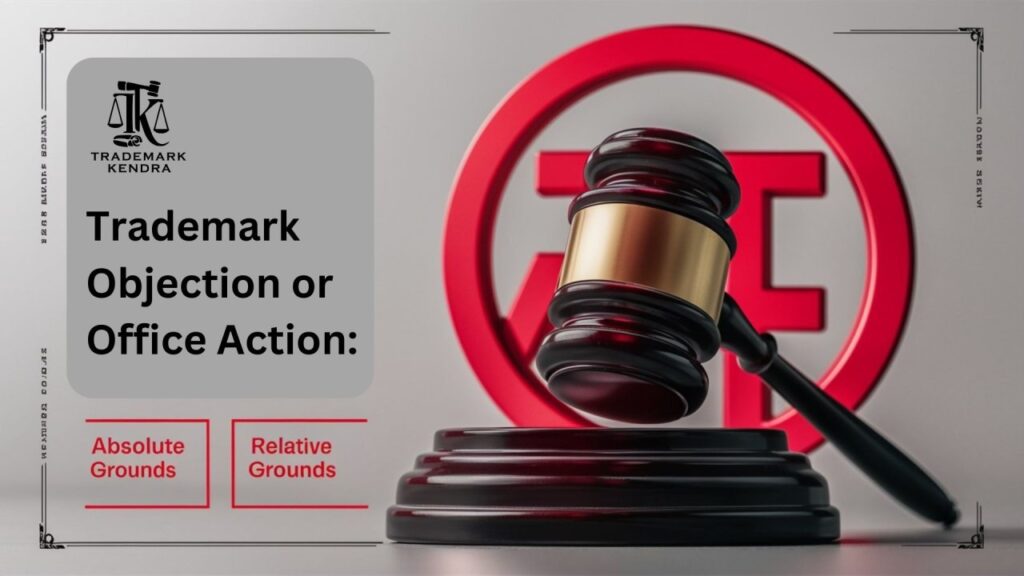Introduction to Trademark Registration
In today’s competitive market, securing your brand identity through trademark registration is not just wise—it’s essential. A trademark serves as a legal protection for your brand name, logos, or slogans, distinguishing your products or services from those of competitors. This article guides you through the intricate process of trademark application, ensuring your intellectual property is safeguarded effectively.
Part 1: Understanding Filing Requirements
Filing a trademark application requires meticulous attention to detail and strategic planning. The initial step in this journey involves understanding and gathering the necessary information for a successful filing:
- Applicant Information: The application must include the full legal name, physical address, and entity type (individual or corporation) of the trademark owner. This data establishes the legal proprietorship of the trademark.
- Trademark Representation: Providing a clear and precise representation of your mark is crucial. Whether it’s a word, phrase, logo, or a combination thereof, the depiction should be exact as it will appear in commerce. This visual or textual representation is essential for the registration process.
- Correspondence Information: Accurate contact details are vital for any official communications related to the trademark application. This includes an email address, mailing address, and potentially a phone number to ensure you receive all correspondence from the trademark office.
The filing process is also your first opportunity to communicate the distinctiveness of your mark. A well-prepared application highlights the uniqueness of your trademark and its importance to your business, setting the stage for the legal protections you seek.
Part 2: Application Preparation
Once you’ve gathered the necessary information, the next step is preparing and submitting your trademark application. This stage is critical as it sets the groundwork for how your trademark will be evaluated by the authorities.
- Detail Accuracy: Ensure that all information provided in the application is accurate and complete. Any discrepancies can lead to delays or rejections, so double-check every detail.
- Select the Right Trademark Class: Trademarks are categorized based on the types of goods or services they represent. Using the Nice Classification, identify the appropriate class that best describes your goods or services. This classification helps the trademark office determine the scope of protection needed.
- User Claim: Clearly state how the trademark is currently used in commerce. If the trademark has not yet been used, you must file under an “intent to use” basis, which will require additional statements and possibly extensions to prove use in commerce at a later date.
- Review Before Submission: Prior to submission, review the entire application to ensure there are no errors. This includes checking the trademark representation, owner details, and classification etc.
Part 3: Fee Submission
Accompanying the application, you must submit the appropriate filing fees, which vary depending on the type of application and the number of classes filed:
- Calculate Fees: Each trademark office sets its fees based on the type of application, the number of classes applied for, and the filing method. Ensure you understand and accurately calculate these fees based on the specific requirements of the trademark office to avoid delays. Check the official trademark office website or consult with a professional to verify you have the correct fee amount before submission.
- Payment Method: Pay the fees using one of the accepted methods outlined by the trademark office. It’s important to ensure that the payment is processed correctly to avoid any unnecessary delays with your application.
Conclusion: Securing and Maintaining Your Trademark
Successfully registering and maintaining a trademark is an ongoing commitment that extends well beyond the initial application process. By securing a trademark, you safeguard your brand’s identity and ensure exclusive rights to use it in connection with your goods or services. Here’s a final recap and some additional tips to maximize your trademark’s potential:
- Vigilance: Even after registration, stay vigilant. Monitor the market for any unauthorized use of your trademark and be prepared to enforce your rights through legal channels if necessary. This proactive approach helps in maintaining the integrity and value of your brand.
- Strategic Use: Continuously use your trademark in commerce and marketing. Consistent use not only strengthens the trademark’s association with your goods and services but also reinforces your legal rights and protections.
- Legal Updates: Keep informed about any changes in trademark law and practice. Legal landscapes can evolve, and staying updated will help you comply with new regulations and maintain the robustness of your trademark protection.
- Professional Guidance: Consider ongoing support from trademark professionals. Expert advice from trademark attorneys or consultants can provide crucial insights for strategic decisions and help navigate complex legal scenarios that may arise.
Engage with Our Community
We encourage you to share your experiences and tips with the broader community here on LinkedIn. Engaging with others can provide mutual benefits, from discovering best practices to staying informed about industry trends. If you have questions or need advice, don’t hesitate to reach out in the comments or connect directly.


